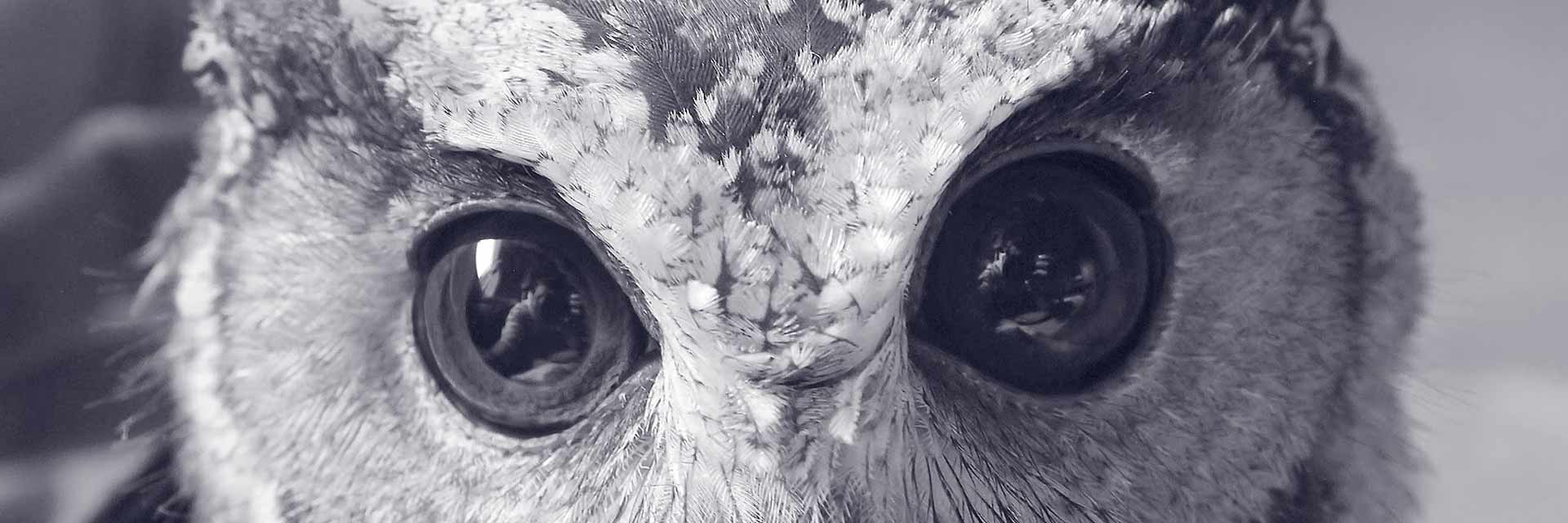
The Splendid Tiger Beetles
The last two articles talked about the majestic life history of butterflies, as well as the amazing hunters like the spiders. Now is the time to introduce you to an insect which is not only colourful, but an amazing hunter – and you don’t have to go too far to find it! This insect is called a Tiger Beetle.
You may wonder what kind of a name Tiger beetle is. A beetle is a small insect which we see lazily flying around lights or fallen on their backs, trying hard to get up. But did you know that the beetles are the most successful animals on this planet? In fact, a great scientist, J B S Haldane, once said that God has an inordinate fondness for beetles only next to the stars, simply because of there are so many of them! Tiger Beetles are so called because they hunt like one. You may wonder how can a beetle hunt like a tiger that runs down and chases its prey with ferocious speed and powerful claws. Well, a Tiger Beetle also runs down its prey and catches it with its fearsome mandibles (mouth parts used by insects to catch and eat prey). Not only can they run fast, they are also the fastest flying insects in the world!
Now, where can you see them if they are so fast? For that you will have to look closer in forest paths and along streams. These are the places where Tiger Beetles hunt – just like the tigers of Kanha Tiger Reserve which hunt in the meadows. Tiger Beetles also inhabit a range of ecosystems – from dense forests, to grasslands, to sandy shores, as well as deserts. The Tiger Beetles of our area are commonly found along rocky or sandy areas where little to no grass grows. This allows them to run at fast speed and chase ants. All you require is a keen set of eyes, and the curiosity to bend down and scan the pathway with utmost concentration! Indeed, this is exactly how these beetles hunt.
Once you see a Tiger Beetle, you will never forget one. Some have really beautiful markings and colour patterns on them. And on the top of the head is large pair of eyes scanning the surface for a passing by prey. Doesn’t this sound much like a real tiger? But, a Tiger Beetle is a more efficient predator than a real tiger. Did you know that a tiger assures food only once every 10 to 20 tries for catching prey! However, a Tiger Beetle can almost always assure a catch every time it goes hunting.
But here’s something you did not expect: Tiger Beetles temporarily go blind while chasing prey! Cole Gilbert a professor of entomology in Cornell University, USA, explains “if a tiger beetle moves too quickly, they don’t gather enough photons (light) to form an image of the prey. Now it doesn’t mean they are not receptive. It just means that at their speed during the chase, they’re not getting enough light reflected from the prey to make an image and locate the prey. That is why they have to stop, look around and go.”
Tiger Beetles have an extremely short lifespan. If you go to see a Tiger Beetle in winter, you might not spot any, nor during summer. But just when the first rain falls on the ground, you will see a number of them scurrying along the footpaths and forest clearings. Early monsoon, starting June and July, are the best times to observe Tiger Beetles. As it gets wetter and wetter, their numbers decrease, and by the end of monsoon and the beginning of winter, you will see none. Where do they disappear, you may ask.
By the end of August, they lay eggs in soft ground or rotting wood, and then perish. These eggs then slowly develop into a larva, and make a burrow into the ground where they were born (a beetle larva is called a grub). Now these grubs are not shy and docile like that of butterflies – they are in fact as cunning as an adult Tiger Beetle! With a large head and extremely powerful jaws (mandibles), they remain along the surface of the burrow – with only their head which looks like a shield, visible from surface. An unwary insect passing by will be caught with lightning speed – and before it knows what happened – it will be consumed. So the grub hunts and grows in size. To keep predators at bay (such as birds, who love to eat grubs), they have inverted hooks on their backs, which they hook on to the wall of the burrow so that they can’t be pulled out. Clever, isn’t it? Once the time comes, they metamorphose into the adult Tiger Beetles that we know of.
As much as a Tiger Beetle sounds like the perfect hunting machine, it also has many predators. Birds are a major predator of a Tiger Beetle, as are small mammals if they can catch hold of one. Some of the Tiger Beetles also get attracted to lights at night, where they might fall prey to insects such as Praying Mantis and ants. The most deadly nemesis (yes, deadlier than Tiger Beetle!) is an insect called Velvet Ant. A Velvet Ant is actually a wingless wasp – a close relative of bees. They are small, barely measuring a centimeter, and come in shades of red, black, blue, and silver. The Velvet Ants are known to have the most painful sting in the insect-world – but they are so tiny and so rare that we never cross our paths with one.
A Velvet Ant, mostly the female, scours the ground in search of beetle burrows, including that of Tiger Beetle grubs. Once it locates the burrow, it cleverly teases the grub by acting like a helpless victim. As the grub, annoyed, pounces upon the Velvet Ant, it swiftly squeezes inside the burrow without harm. Now the Tiger Beetle grub is helpless, because it cannot turn around and hunt the wasp. It then stings the grub inside the burrow, and lays an egg on it. The wasp larva then develops and feasts upon the beetle grub.
Both of these splendid insects are found in our areas. All they require is a good, undisturbed, natural area with an excellent tree cover. If you ever visit such an area during June and July, do try to find the most beautiful Tiger Beetle that you can. With its life history in the back of your mind, you will appreciate these creatures even more.
Fact-o-pedia:
• Tiger Beetles are the fastest insects in the world! They can reach up to 9 kmph (kilometers per hour) – that is 22 times faster than some of the gold-medal winners at Olympics.
• Tiger Beetles fly so fast while chasing prey that they temporarily go blind!
• Tiger Beetles communicate in ultrasound, which sounds like a “click”. It is said that it helps them detect predators like bats which also use ultrasounds to hunt insects.
• India has one of the highest diversity of Tiger Beetles in the world.
So how does it feel to be living alongside a beautifully coloured predator? If you like Tiger Beetles as much as we do, send us a colourful drawing of your Tiger Beetle! The outline is provided in the next page. The 3 best drawings will receive a prize!
Put your name, age, standard, and address. Send in your copies to the below mentioned address. You can also upload scanned version of your paintings on www.facebook.com/thecorbettfoundation or e-mail it on the below mentioned email address.
By Aniruddha Dhamorikar (Programme Officer – Wildlife and Awareness, The Corbett Foundation – Kanha)
First appeared in The Hitavada’s Twinkle Star magazine in August 2013





No Comments